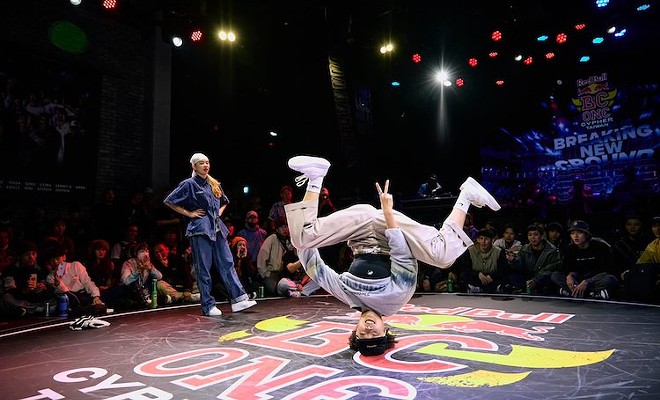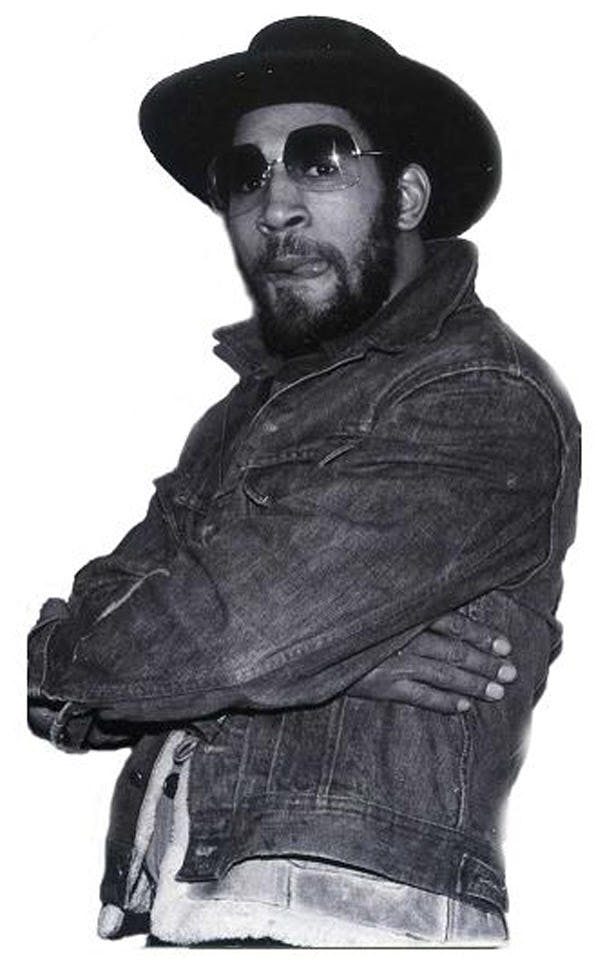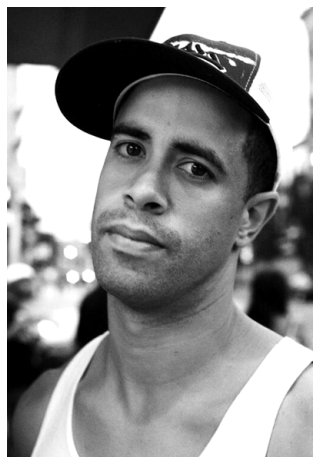Break Dance

What is Breakdancing?
The origins 
Breakdancing often involves groups of performers, although it can also feature soloists. Breakdancing groups are known as crews, and the competitions in which they participate are called battles. Breakdancers are known as B-boys and B-girls. Along with the dancers themselves, hip hop aficionados prefer the terms B-boying or breaking to breakdancing.
Some of the characteristics of breakdancing include call and-response participation in a cypher, represented as a circle of performers. The word cypher (also spelled as cipher) derives from the Five Percent Nation (FPN), a movement founded in 1964 by Clarence 13X (1928–1969), who was known as “Father Allah” to FPN devotees. According to Joseph Schloss in Foundation: B-Boys, B-Girls, and Hip-Hop Culture in New York, the FPN used the term cypher to denote “the circle of onlookers in which the dance is performed” (2009, 13).
The circle formation is a performative feature of many black and African American practices, and breakdancing is no exception. As Halifu Osumari writes in a 2002 essay in the Dance Research Journal, the “improvisational circle [allows] each soloist to demonstrate his or her skills while encoding gestural messages into the executed movement phrases” (33). Each participant in the circle dances for up to half a minute before the next dancer begins. The participants delight equally in cheering for and dissing the crew. While the nature of this dance circle is competitive, the circle formation itself is inclusive and participatory.
Several types of dances feature in the cypher, and the name of the dance is relative to the dancer's position to the floor. For example, one dance is the “toprock.” To do the movement, the dancer remains upright (at the “top”) and introduces his or her character through rhythmic movements (the “rock”). The word rock has implications for movements not only in African American dance battles that originated in the Bronx but also in Latin American dance battles that originated in Brooklyn.
Other dances include the “go down” or “drop,” involving a quick movement to the floor; connecting poses between the toprock and the floor; and technical floorwork, which, as Schloss explains in The Grove Dictionary of American Music (2013), features “dancing in a more lateral position where both hands and feet may contact the floor.” Finally, the dancers often incorporate as a closing pose a movement known as a “freeze,” which entails holding the pose for a longer period than the established groove. Apart from the freeze, breakdancers might emphasize one of these movements more than the others to showcase their best skills in the course of the battle.
Each type of dance can be subdivided into several categories, including three categories identified by Schloss (2013): “footwork (intricate rhythmic movements on the ground), air moves (acrobatics), and power moves (movements intended to demonstrate physical strength).” A debate surrounds the aesthetic merits of air moves and power moves in contrast with dancing that incorporates subtler and less flashy technical skills. As Schloss explains, “Since the '90s … there has been an ideological split in the b-boy world between those who favor more acrobatic ‘power moves’ and ‘air moves’ and those who favor the traditional, intricate, and rhythmic style” (2009, 12).
Important Figures

Kenneth James Gabbert (born 13 August 1966), was born in Puerto Rico and moved to New York at a young age. He is best known by his stage name Ken Swift and is a second generation b-boy, or breakdancer. He was a longtime member and key figure in the Rock Steady Crew, and its former Vice President. He is now President of the Breaklife and VII Gems Hip Hop movement in New York City. Ken Swift began b-boying in 1978, at the age of twelve, when he was inspired by dancers on the Upper West Side of Manhattan. Widely known in the breakdancing world as "the Epitome of a B-Boy," he is widely considered by b-boys to be the individual who has had the greatest influence on breakdancing. Ken Swift is credited with the creation of many dance moves and terminology. His original footwork and "freeze style" became a foundational part of breaking, which were considered new concepts at the time.
Ken Swift has several film credits to his name, including Style Wars, the first hip hop documentary, and the first hip hop major motion picture, Wild Style. His most famous movie was 1983's hit Flashdance, where his two-minute dance with several members of the Rock Steady Crew launched the hip hop scene into international attention. Ken Swift also danced in the motion picture Beat Street. He has since appeared on numerous music videos and documentary films on hip hop and breaking. As a recording artist with RSC Ken received gold and silver records for the single "Hey You, The Rock Steady Crew." (Virgin/Charisma, 1984) The album, Ready for Battle, which included two dance videos, reached out to a larger pop audience worldwide, brought about tours to Europe and Asia, bringing breaking to a world audience for the first time. As of today, Ken Swift is heralded as one of the greatest influences on hip hop culture, and a legend in the b-boying community. He travels regularly as a dance competition judge and conducts workshops.
Dream Circles
The word “icon” gets used a lot, but there is simply no other way to describe Ken Swift in terms of his contributions to the world of “Bboying,” also known as breaking or breakdancing. His signature style and technique have influenced generations of dancers around the world, and he has even had a lasting impact on the terminology used in the dance form. Monster Energy was lucky enough to catch up with the award-winning dancer for the debut episode of Dream Circles – a series focused on breakdancing and Monster Energy breakers. In it, Ken tells his Bboy origin story: one that took him from discovering a community of breakdancers in Rock Steady Park, all the way to being one of the most renowned Bboys of the past 40 years.
Steffan “Mr. Wiggles” Clemente is one of the most dynamic and influential figures in the Hip-Hop culture today. He is a member of the world renown Rock Steady Crew and The Electric Boogaloos. This multi talented virtuoso is blessed with the ability to dance, act, choreograph, teach, produce music (one of his longtime passions), and is a gifted Grafitti artist. He first started out as a kid doing the ‘Robot.’ During the early days, he was influenced by his older sister Wanda and was introduced to the dance after bumping into a neighborhood kid who asked if he was a Bboy. At the time, he didn’t know what a Bboy was and after the young kid hit the floor and executed some freezes, that was it, Wiggles was inspired and started Breakin’. Mr. Wiggles tours extensively as a solo artist and with the Electric Boogaloos and RockSteady Crew. He is a guest faculty member at NYC dance studios and makes countless personal appearances at events across the country and abroad. He was one of the first to teach Hip-Hop in a mainstream studio at New York’s Broadway Dance Center.

DJ Kool Herc is a Jamaican-American DJ who is responsible for developing the foundational aspects of hip-hop music.
Herc became aware that although he knew which records would keep the crowd moving, he was more interested in the break section of the song. At this point in a song, the vocals would stop and the beat would just ride for short period. His desire to capture this moment for a longer period of time would be a very important one for hip hop.
Herc would purchase two copies of the same record and play them on separate turntables next to each other. He would play the break beat on one record then throw it over to the other turntable and play the same part. Doing this over and over, he could rock any house in NY. (Not to mention it being an early form of looping that would be made easier through electronic sampling.)
He would dig in crates and look everywhere to find the perfect break beat for his parties. He didn’t care what type of music, because he only needed a small section of a song for his purposes.
His first professional DJ job was at the Twilight Zone in 1973. He wanted to get into another place called the Hevalo, but wasn’t allowed…yet.
His fame grew. In addition to his break beats, Herc also became known as the man with the loudest system around. When he decided to hold a party in one of the parks, it was a crazy event. And a loud one. At this time Afrika Bambaataa and other competing DJ’s began trying to take Herc’s crown. As competing DJ’s looked to cut in on the action, Herc would soak the labels off his records so no one could steal his beats.
Herc, helped coin the phrase b-boy (break boy) and was recently quoted as saying he was “the oldest living b-boy.” The obvious connection of the term “breaking” is to the word “breakbeat”, but DJ Kool Herc has commented that the term “breaking” was slang at the time for “getting excited”, “acting energetically” or “causing a disturbance”.
Although he is not part of the hip hop vocabulary of most of those who listen to it these days (unfortunately), Kool Herc is the father of this underground sound from New York that found its way to becoming a worldwide phenomenon.

Breakdance god and b-boy supreme Crazy Legs was born Richard Colón on New Year's Day in 1966. Crazy Legs is Puerto Rican and grew up in New York. His style combines power moves with evolutions of backspins and other moves like windmills. He started breakdancing at the age of nine and joined the Rock Steady Crew in 1979. He brought breakdancing to Europe in 1983 and has become the global ambassador of the art form ever since.
As part of the Rock Steady Crew, Crazy Legs won a 1992 Bessie Award for choreography. In 1994 he received the Hip Hop Pioneer Award from The Source. He was presented with the Source Youth Foundation Image Award in 2003. He has also earned the 2003 AARTS Award from the Bay Shore Schools Arts Education Fund and was honored as the National Godfather of the 2003 Jersey City Puerto Rican Day Parade. He was nominated for an MTV Award for Best Choreography for his work with Wyclef Jean. “Jam on the Groove” was nominated for best choreography at the Drama Desk Awards in 1996.
The basic elements of breaking









